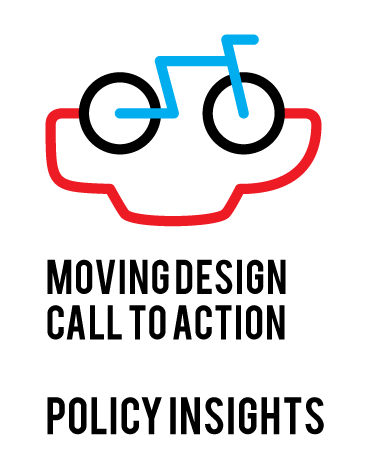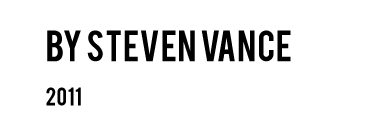Transcript for August 17, 2011, policy insight
Coming to you live!
"make what you write mean something"
http://gridchicago.com/2011/chicago-pedestrian-study-roundup/
Make what you design, say something.
On Monday the Chicago Department of Transportation released their pedestrian crash analysis. I started reading the report and came across the "key findings" section. This is the part of reports where cute tidbits of info extracted from the study are presented. They're like soundbites from Mayor Daley: Funny, weird, and worst of all, incomplete.
Here's an example:
"The Chicago Transit Authority rail stations with high numbers of nearby pedestrian crashes were along the Green Line, Red Line – Dan Ryan branch, and Blue Line – O'Hare branch." That statement is as precise and informative as telling a pizza delivery driver you live within two miles of Western and Diversey Avenues. Do you know how many stations each of those lines has?
Green has 29.
Red Dan Ryan has 10 starting at Roosevelt.
Blue O'Hare has 17 starting at Clark and Lake.
So at 3 out of 56 unknown stations in a HUGE area of Chicago we can find a place with high numbers of nearby pedestrian crashes. Wow.
(Keep the fluff out.)
Aims for Moving Design.
01
Awaken the public to issues
surrounding bike safety by design.
02
express a symbiotic relationship between
drivers, bicyclists, and pedestrians.
03
Make art+design that is: positive /
informative / inspirational / best of class.
When you create or write something, have a person without invested interests review your work. It may be difficult to judge yourself, or be critical of your own work. Find a person who you respect and who can discuss your intentions with you.
Actually, before you do this, make it easier for them by giving them your best quality work. Think of your goals before you started the endeavor (you did make goals, didn't you?) and review how well your work meets those goals. Make the appropriate changes. For Moving Design, those goals (or principles) are (above).
Last week I went to my friend Brandon's house to discuss the next step of our high-speed rail project. I briefly showed him the progress of my Bikes on Metra app design. He took a quick glance and then asked me why I put something on the page.
He told me that I have to defend everything on the webpage. He asked, why is that there? I said, because it tells people where they are in relation to the time when they can bring aboard bikes. But was it necessary? Maybe not, because it didn't answer the question that is the premise of the app. Essentially, I could justify it being there, but I didn't have a good defense for it being there.
I wonder if the people who wrote the pedestrian crash analysis report could defend placing those useless statements in their document. Did they need something to fill up the page, or perhaps it started off as more descriptive information, but was cut down.
Why waste space and people's time with useless factoids?
Why be known as someone who writes low quality work when you can be known to provide cutting edge research and analysis?

